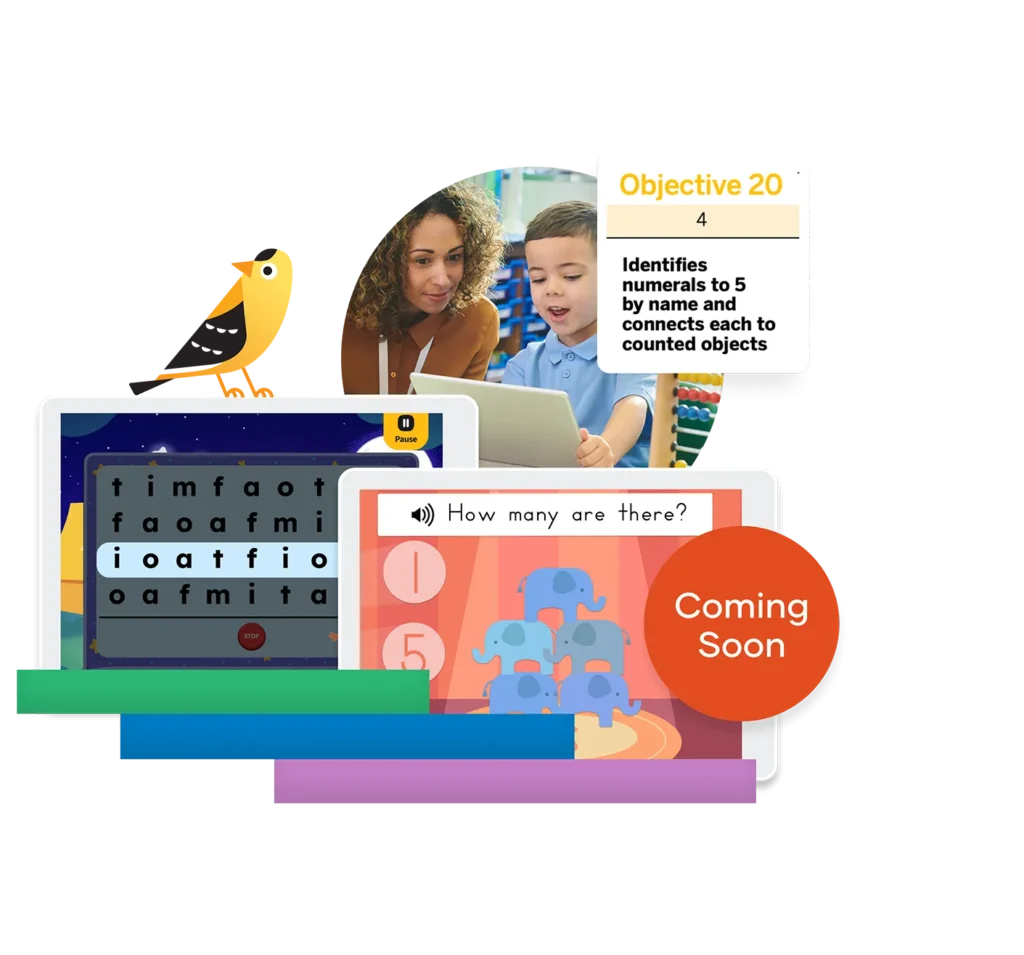Simplifying Early Childhood Assessment: 5 Best Practices for Busy Administrators


When you walk the halls of a preschool or early learning program, you can almost feel the energy: children discovering, teachers coaching, families peeking in. Assessment should capture that same vibrant learning—without stealing precious minutes from instruction or piling paperwork onto teachers’ plates. Below are five practical moves administrators can make today to keep assessment both meaningful and manageable.
1. Re-ground every tool in “why.”
Before tweaking forms or buying the next platform, pause and ask, “What insight does this assessment give us, and how will it benefit children?” The newest NAEYC Quality Assessment & Accreditation System urges programs to streamline evidence to what is most developmentally appropriate and instructionally useful, trimming out duplicative measures along the way
Try this: Map each assessment tool to a specific program goal or compliance need. If it doesn’t answer an actionable question, eliminate, replace, or combine it.
2. Prioritize assessment with varied inputs.
Multiple sources of evidence offer a fuller picture of each child’s progress and increase the quality of developmental data. Observation-rich approaches capture growth through play, conversation, and everyday routines, while formative assessment and screeners can provide insights teachers may not capture during daily interactions.
Try this: Not all assessment data has to come from the teacher. Fun, game-based assessments can quickly capture data that supports planning. With a communication app like the Teaching Strategies Family app (Apple App Store, Google Play Store), families can also provide input on milestones and accomplishments that can easily be turned into documentation by the teacher. With this three-pronged approach, we are gathering assessment from the teacher, the family, and the child.
3. Build data collection into daily workflows.
Inefficiency—not assessment itself—is often the real drain on staff capacity. Higher ed teams saw 20% faster reporting cycles when they simplified process management, and the same tactics translate beautifully to early childhood settings. Give teachers the tools to seamlessly and easily collect information in the moment, without disrupting their teaching or the need to translate notes from paper to digital at a later time.
Try this: Equip teachers with the Teaching Strategies SmartTeach app (Apple App Store, Google Play Store) so they can log evidence in the moment instead of saving bulky binders for nap time.
4. Turn numbers into next-day action.
Assessment loses power if reports languish in a folder. Design quick reflection loops so teachers can pivot instruction while insights are still fresh. Build in time for both teachers and administrators to regularly review data and adjust their plans as necessary.
Try this: Set aside 10 minutes at the end of each day for teachers to reflect on what they learned about each child to determine changes to the environment and daily plans.
5. Keep families (and your future self) in the loop.
Families trust programs that share clear stories of progress. Administrators trust processes that stand up to audits. Maintaining a healthy “assessment ecosystem” means consistent governance: retention rules, secure storage, and routine audits of data quality.
Try this:
- Publish a one-page family assessment guide that explains tools and timelines in plain language.
- Set a recurring, quarterly “data hygiene” calendar reminder to archive inactive child records and verify that fields are mapped correctly between your assessment platform and SIS/CRM.
- Use universal tagging (e.g., portfolio, screening, family conference) so evidence pushes to the right audience with a single click.
The Bottom Line
Great assessment is simple, visible, and actionable. By grounding every tool in purpose, embedding observations into daily practice, and establishing lightweight but disciplined data routines, administrators free teachers to teach and children to thrive. When assessment feels doable, your team will use it—not shelf it—and that’s when data truly drives growth.
Teaching Strategies is committed to supporting educators with research-backed, classroom-tested practices that keep assessment purposeful and child-centered. We’re here to help you make it simple.

Comprehensive Assessment Made Easier With GOLDFinch
Observational assessment meets game-based assessment in our new assessment solution that helps teachers effortlessly individualize learning.